Any way to keep the second floor floor warm in a balloon frame?
snowblower
15 years ago
Related Stories
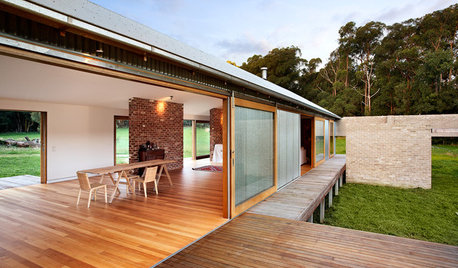
ARCHITECTUREHow Thermal Mass Keeps You Warm and Cool
Passive solar design makes use of this element. Here’s how it works and how you can get it in your home
Full Story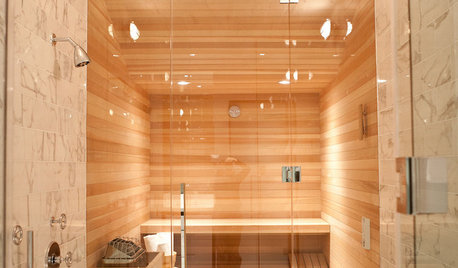
BATHROOM DESIGN15 Ways to Warm Up Your Bathroom for Winter
Keep the chill away in body and spirit with everything from warm colors to high-end bathroom features
Full Story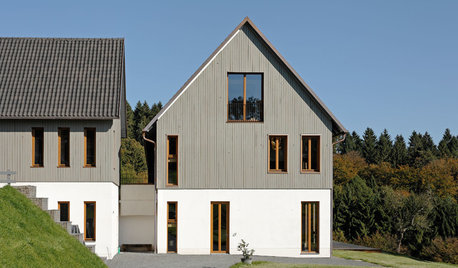
EXTERIOR COLORExterior Color of the Week: 7 Ways With Warm Gray
See why this hue can be the perfect neutral for any house
Full Story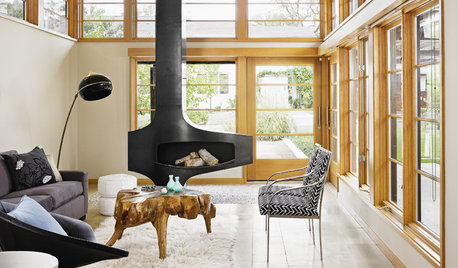
FIREPLACES8 Fantastic Freestanding Fireplaces to Warm Any Room
Free up your room's design and lighten the load on your budget with a freestanding fireplace in a style to suit your taste
Full Story
BATHROOM DESIGNWarm Up Your Bathroom With Heated Floors
If your bathroom floor is leaving you cold, try warming up to an electric heating system
Full Story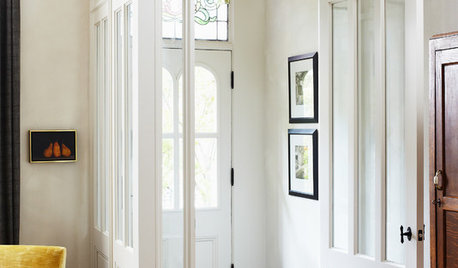
FEEL-GOOD HOMEStop That Draft: 8 Ways to Keep Winter Chills Out
Stay warm without turning up the thermostat by choosing the right curtains, windows and more
Full Story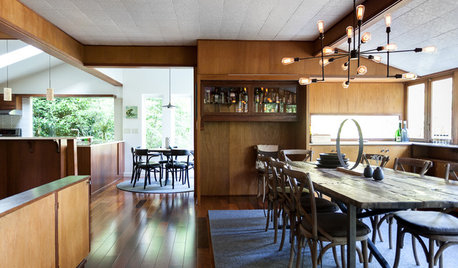
LIGHTING12 Ways to Give Your Dining Room a Warm Glow
Create a delicious ambience for your gatherings with these chandeliers, pendants and other lighting fixtures
Full Story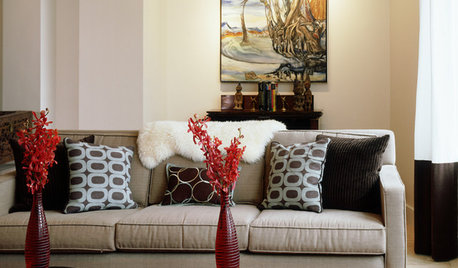
DECORATING GUIDESWarm Up With a Sheepskin Throw
Add a Fuzzy Accent to Your Sofa, Chair or Floor
Full Story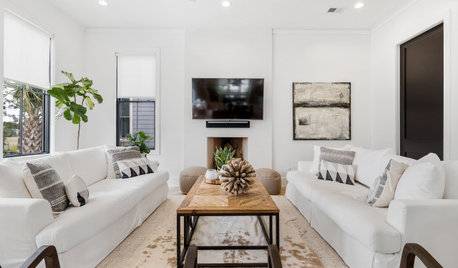
HOUSEKEEPINGHow to Keep Your White Spaces Looking Great
Brighten up your white walls, floors and furniture with these cleaning and maintenance tips
Full Story
FLOORSFloors Warm Up to Radiant Heat
Toasty toes and money saved are just two benefits of radiant heat under your concrete, wood or tile floors
Full Story









SuzyQ2
User
Related Professionals
East Peoria Kitchen & Bathroom Designers · Haslett Kitchen & Bathroom Designers · Pike Creek Valley Kitchen & Bathroom Designers · Soledad Kitchen & Bathroom Designers · Beachwood Kitchen & Bathroom Remodelers · Albuquerque Kitchen & Bathroom Remodelers · Apex Kitchen & Bathroom Remodelers · Avondale Kitchen & Bathroom Remodelers · Buffalo Grove Kitchen & Bathroom Remodelers · Chester Kitchen & Bathroom Remodelers · Fort Myers Kitchen & Bathroom Remodelers · Hoffman Estates Kitchen & Bathroom Remodelers · Luling Kitchen & Bathroom Remodelers · Sharonville Kitchen & Bathroom Remodelers · Oak Hill Architects & Building Designersmightyanvil
snowblowerOriginal Author
rosefolly
snowblowerOriginal Author